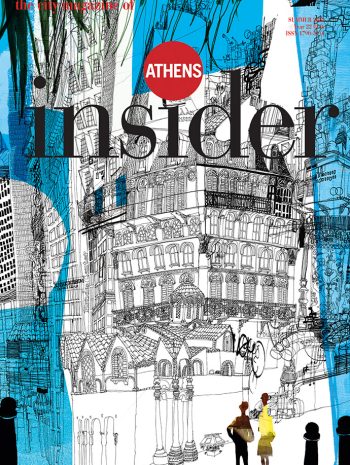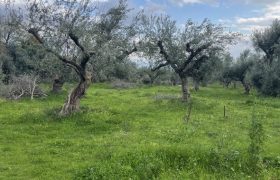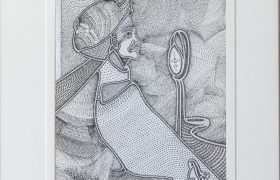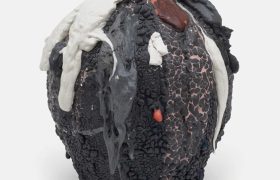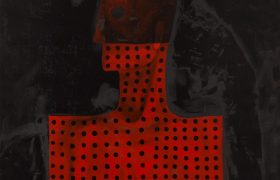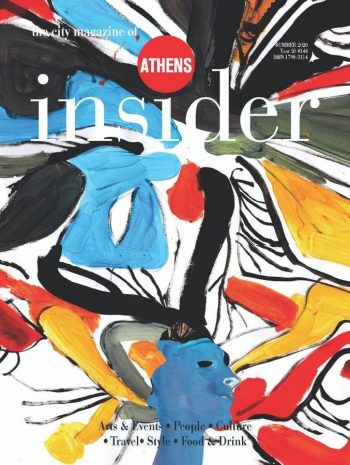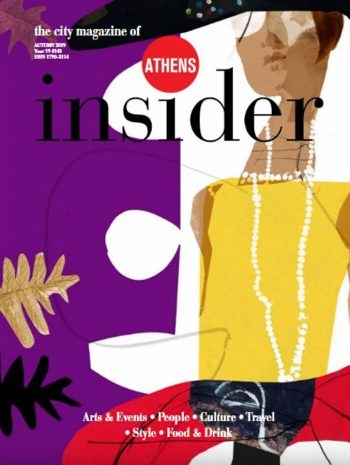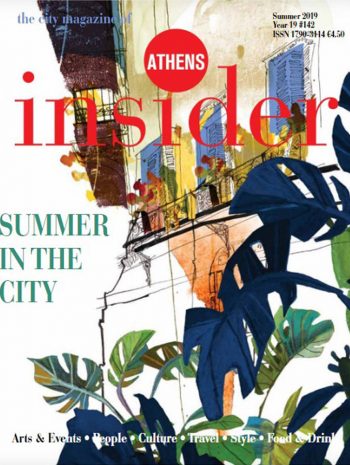Martha Graham and Greek Myth: the Legendary Choreographer’s Work in the Spotlight.
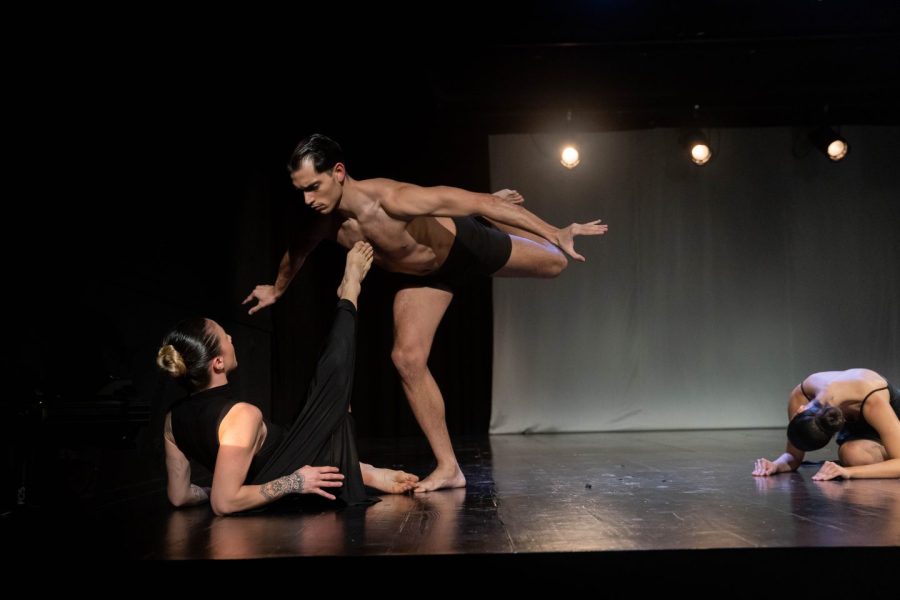
Credit: Dimitris Mamaloukos
Dr. Nina Papathanasopolou draws on Martha Graham’s technique and artistic vision to offer a spellbinding experience that blends the world of contemporary dance and Greek mythology. Graham focused on the emotional experience of the characters and on the universal issues that they face – their grief after losing a loved one, their fears in facing the unknown, their desire for revenge when wronged. Graham’s emphasis on the myths’ universality connects audiences to the past and makes them rethink the ancient myths from the perspective of women.
At the ELER–Eleni Erimou Theatre, an extraordinary performance brings ancient myth and modern dance into a breathtaking dialogue. Martha Graham and Greek Myth: Clytemnestra pays tribute to the iconic dancer and choreographer who redefined movement, emotion, and storytelling on stage. A large part of the American artist Martha Graham’s prodigious and revolutionary body of work was inspired by the stories and culture of the Ancient Greeks. Graham found particular interest in the female heroes of Greek tragedy and created around 18 works inspired by the Ancient Greeks, re-imagining the myths from the point of view of women and developing unforgettable renditions of Medea, Jocasta, Clytemnestra, Ariadne, Phaedra, Circe, Hecuba, Cassandra, Iphigeneia, Electra, and Helen.
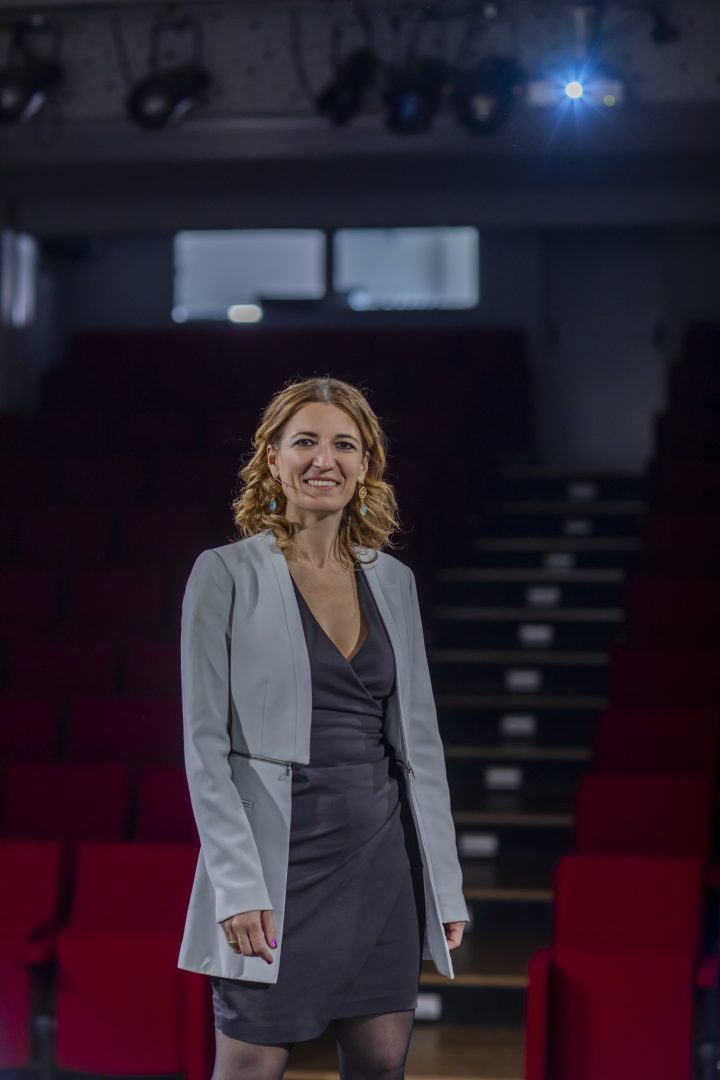
Credit: Maria Maraki
This production seamlessly blends narration and dance, offering a spellbinding experience. Dr. Nina Papathanasopoulou, a professor of classical studies at College Year in Athens, delivers a captivating talk on Graham’s technique and artistic vision. Her insights into the myth of Clytemnestra and Agamemnon reveal how Graham reimagined fierce heroines and their raw emotions — rage, grief, jealousy, fear, and the burning desire for revenge. The performances integrate live dancing, photographs, images of ancient and modern artwork, and excerpts from ancient texts into an informative talk about Graham’s own reimagining of Greek myth. “I am particularly moved by Martha Graham’s innovative use of the body to express deep emotions, and by her retellings of Greek myth to explore and communicate the hidden parts of the human soul,” Dr. Papathanasopoulou said to Athens Insider.
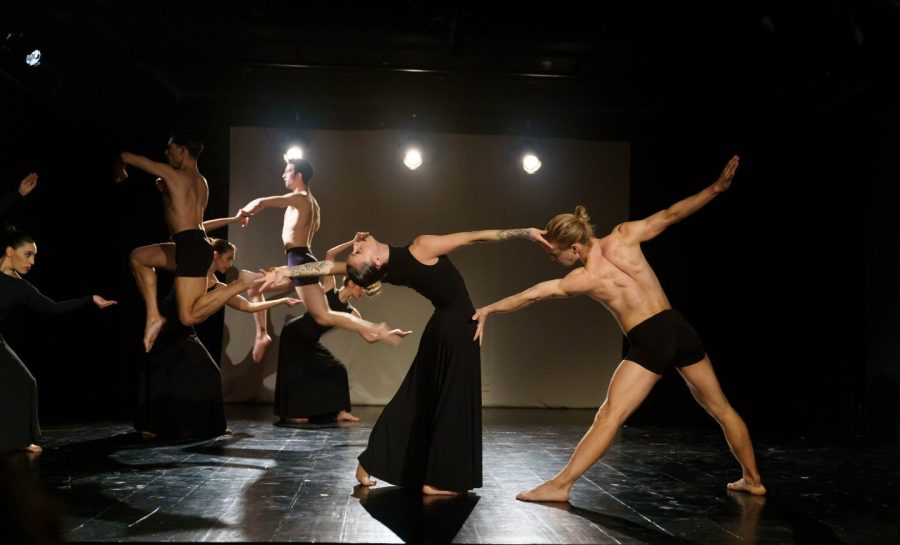
Credit: Dimitris Mamaloukos
Dr. Papathanasopoulou peels back the layers of Graham’s genius, sharing little-known details about her life and creative process. Graham’s storytelling is crisp and illuminating, setting the stage for a performance that lingers in the mind long after the final bow. “I consider myth an important tool for understanding the human experience and I find Graham’s approach especially useful in making the audience rethink the ancient myths from the perspective of women.”
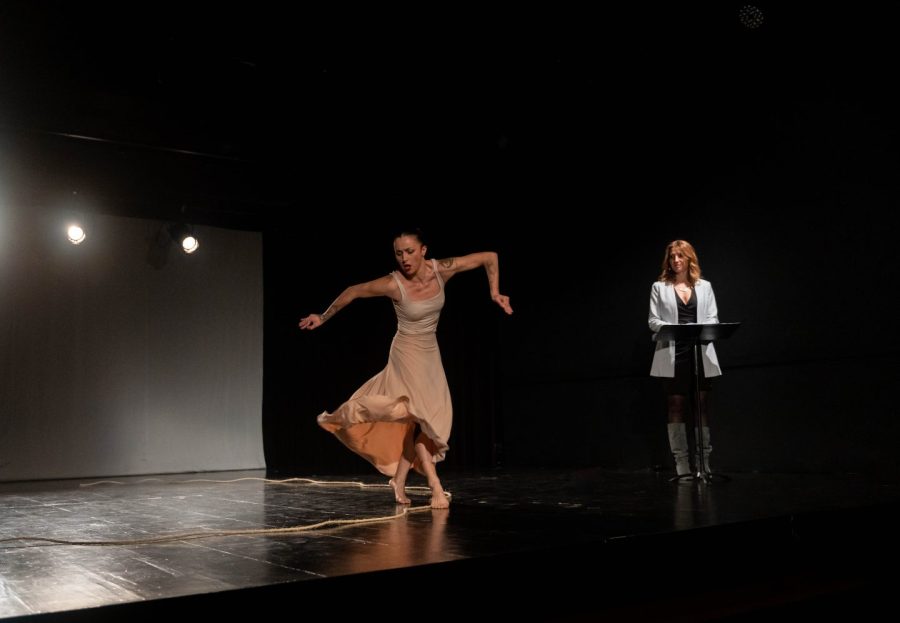
Credit: Dimitris Mamaloukos
The work of Martha Graham has been performed internationally since 1950 and is celebrated by Europeans. In Greece particularly, the Martha Graham Dance Company first performed in 1962 and has continued to do so occasionally ever since. The Graham dance technique is taught in most of the country’s professional dance schools and has a longstanding core part of the training offered at the Greek National School of Dance and the Greek National Opera Professional Dance School.
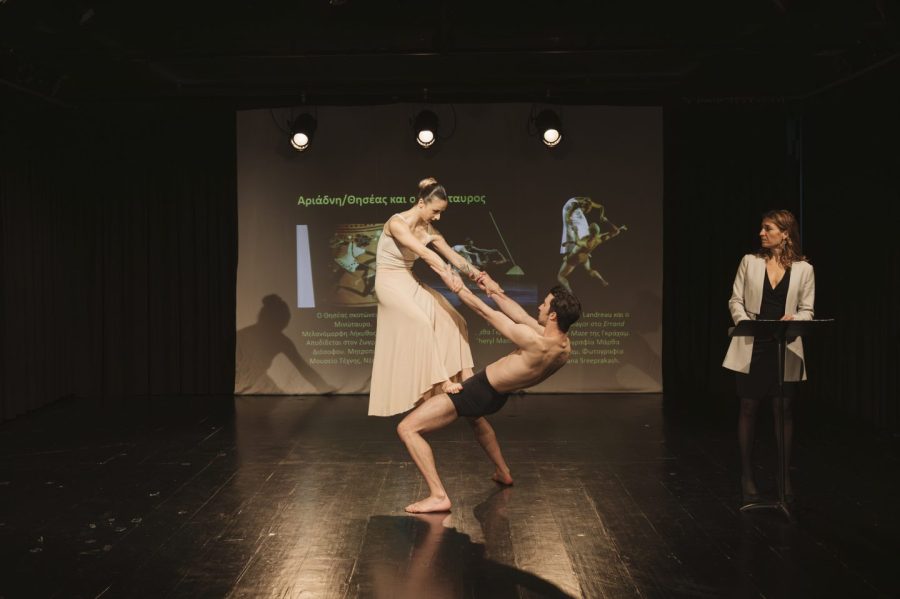
Credit: Marili Zarkou
At the heart of the production is Penny Diamantopoulou, an acclaimed instructor of Graham Technique and Repertoire. With a troupe of exceptional dancers trained in the Graham method, she revives the choreographer’s signature works with precision, passion, and poetic movement. In collaboration with the Martha Graham Center of Contemporary Dance in New York, the performance features excerpts from Graham’s masterpieces, Clytemnestra and Errand into the Maze, capturing the raw intensity and beauty of her craft.
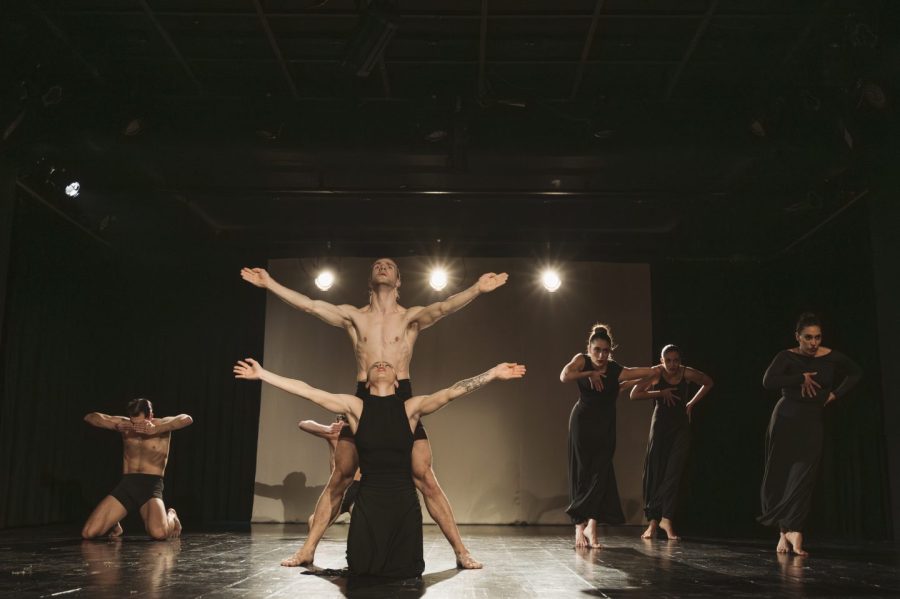
Credit: Marili Zarkou.
“Graham considered dance a celebration of the miracle of the human body. What this means, I take it, is that dance allows us to see how miraculous our bodies can be, how skillful, how strong, how expressive, how communicative. Graham’s dance approach helps us be more in tune with our bodies and engages our entire self – mind and body – in the characters’ emotional experiences and in the many timeless issues that they face: agonizing over their fears, pondering the meaning of justice, questioning the role of the divine”, said Dr. Papathanasopoulou.
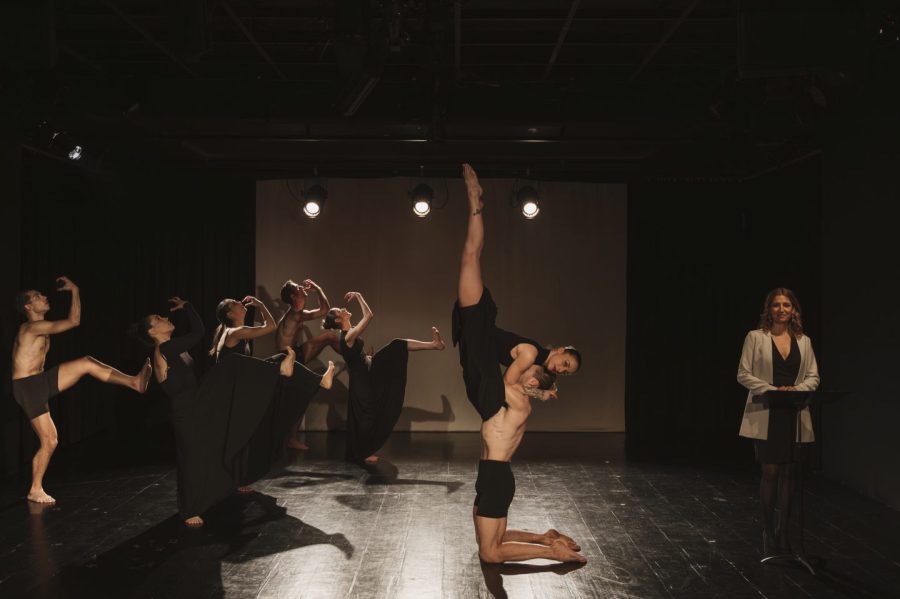
Credit: Marili Zarkou
Greek audiences have enjoyed the opportunity to see Papathanasopoulou’s “Martha Graham and Greek Myth” presentations in Athens, Corfu, Kalamata, Syros, Thessaloniki and Rhodes. The Graham for Europe organization, which aims to promote and honor Graham’s legacy in Europe, had invited the group to perform their project as the closing event of their International Summer Intensive in Paris and Venice. There are also plans for the group and Graham for Europe to collaborate in 2026 to celebrate the Martha Graham Dance Company’s centennial.
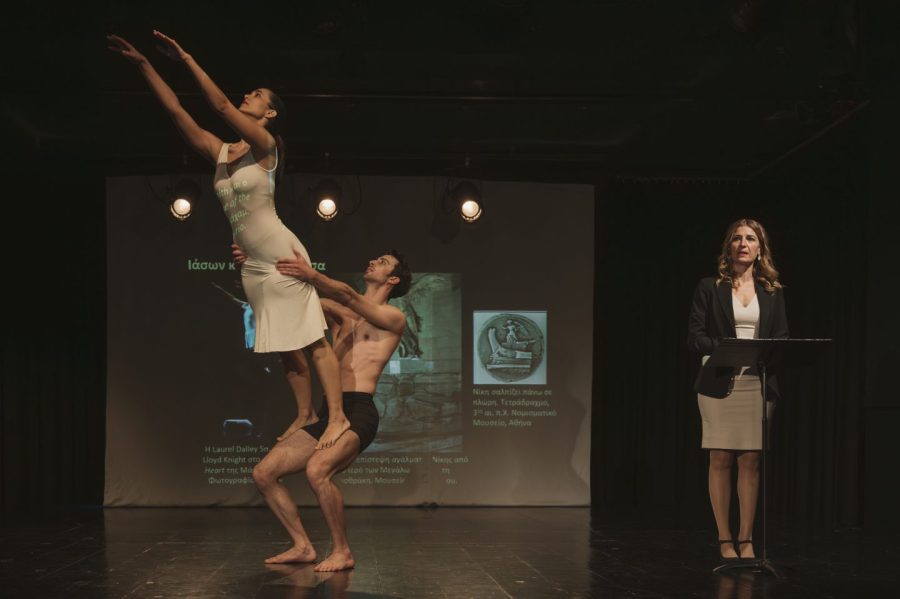
Credit: Marili Zarkou
Papathanasopoulou is currently focused on the production of a second “Martha Graham & Greek Myth” presentation, “Clytemnestra,” a follow up to “Jocasta”, which was performed from 2022-2024. “Clytemnestra” debuted in Athens this March, and the plan is to take the production to select cities all over Greece. In Fall 2025, she plans to return to Athens to perform an enhanced version of “Clytemnestra” with various additions including more dancing. She also plans to expand the project, with her next presentation focusing on Medea. “We are also in close contact with the international organization Graham for Europe, and excited to collaborate with them in 2026 on a production and workshop as part of the celebration for the Martha Graham Dance Company’s centennial,” Papathanasopoulou enthuses.

Credit: Dimitris Mamoukos
Martha Graham and Greek Myth: Clytemnestra is more than a performance — it’s a journey into the soul of Greek heritage, storytelling, and dance. It reminds us of why ancient myths are still relevant today and why Graham’s art remains as powerful as ever. For more info on the Martha Graham & Greek Myth initiative, follow Instagram and Facebook.
Conception/ Research/ Presentation:
Nina Papathanasopoulou, Ph.D.
Professor of Classical Studies, College Year in Athens (CYA)/ Διεθνές Κέντρο Ελληνικών και Μεσογειακών Σπουδών (ΔΙΚΕΜΕΣ/ DIKEMES)
Choreography/Restaging:
Penny Diamantopoulou
Graham technique and repertory instructor
Dancers: Konstantinos Argyriou Evangeloudis, Marios-Athanasios Bozikas, Stavros Ikbal, Vassia Kolliou, Marianna Papakonstantinou, Marianna Tsikmanli, Mara Tsourma
Production Manager: Dimitra Dermitzaki
